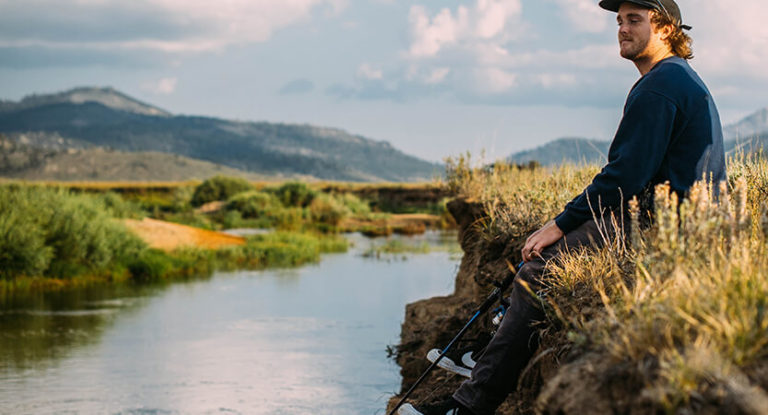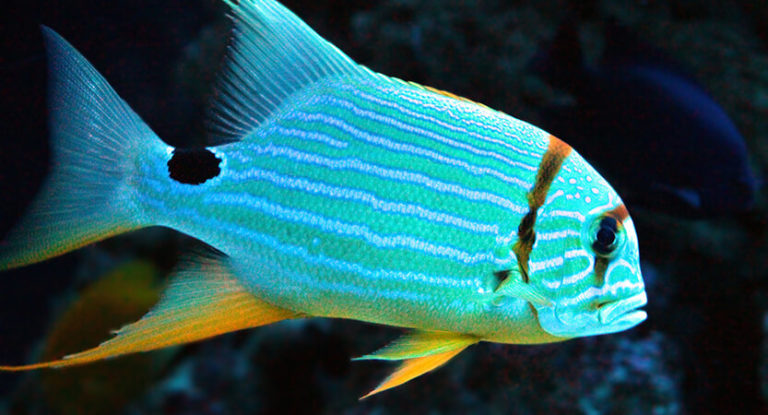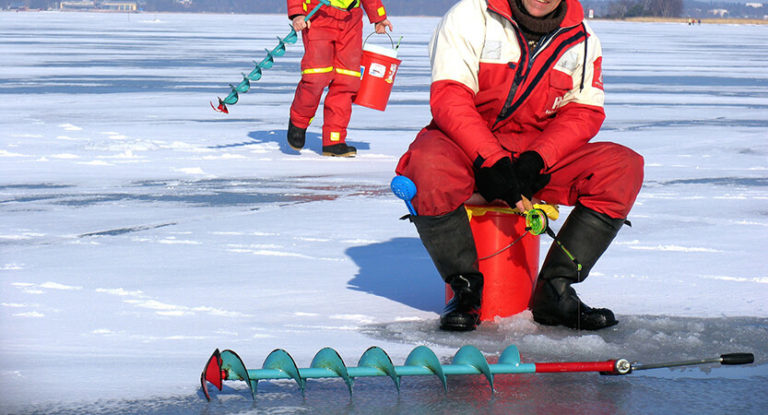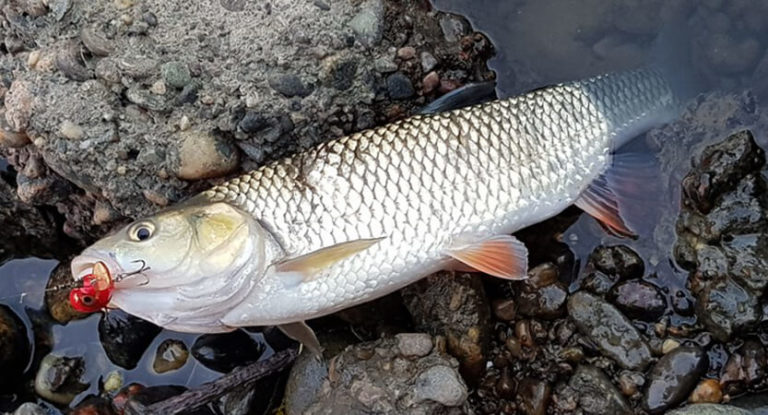The pike is rightfully considered the most successful predator of our reservoirs and, in combination, a common object of fishing. This living torpedo is sometimes not at all fishy intelligence, but legends are made about its speed and sharp teeth. Taking a picture with a captured trophy for ten kilos or even more is the dream of any fisherman, and this is understandable: pike fishing is a special art, generously mixed in the spirit of competition and fair struggle.
Today we will get acquainted with the most common tackle and methods of catching the recognized toothy queen of our reservoirs, determine the features of her seasonal behavior and the tactics of catching this fish in various conditions. Believe me, there are many options to get such a coveted prey, from adrenaline spinning fishing to calm contemplation of the spaced girders. Everyone can find their own option according to their capabilities, preferences and physical conditions!
Here is an overview of the content of this tutorial, feel free to jump to any section you care about:
For more fishing instructions, take a look at these popular Trizily links: Best Fish Finders, Best Fishing Sunglasses.
- Beginner’s Guide To Catfish
- Fishing Trolling: The Ultimate Fishing Technique
- What Do You Need To Start Fishing (Complete Guide)
Features of the prey of a predator
We are dealing with a predator with a completely unpredictable character and special behavior. In this regard, several general aspects of its production can be distinguished :
- Regardless of the method of fishing, pike mounts are installed with special strength. The fact is that the predator has the sharpest teeth, in the twinkling of an eye nibbles on any nylon. Therefore, for its extraction, metal or kevlar leashes are used. If we are talking about inactive fish (for example, in the wilderness or in July), you can use a more delicate and less noticeable fluorocarbon braid.
- Going on a fishing trip, it is advisable not only to pre-sharpen the hooks, but also to take a file with you. The lips and palate of this fish are extremely hard, it is problematic to pierce them. And to extract the hook from them, it is best to use a special extractor, yawner or pliers: it is not very convenient to do this with a knife, but with your hands it is simply dangerous: wounds from pike teeth are extremely painful and do not heal well.
- The presence of a watercraft makes fishing more productive. Large individuals love to stand in thickets or snags, pounced on the bait from an ambush, so the delivery of the installation to the fishing site is often difficult. In this regard, it is recommended to use a boat in passive fishing methods: the splash of oars will not so much alert as it will interest a predator, especially of an impressive size – in her reservoir she feels like a full-fledged mistress.
Going for a pike, be sure to take a landing net with you, and when fishing on ice – a special hook for extracting a multi-kilogram toothy carcass from the water.
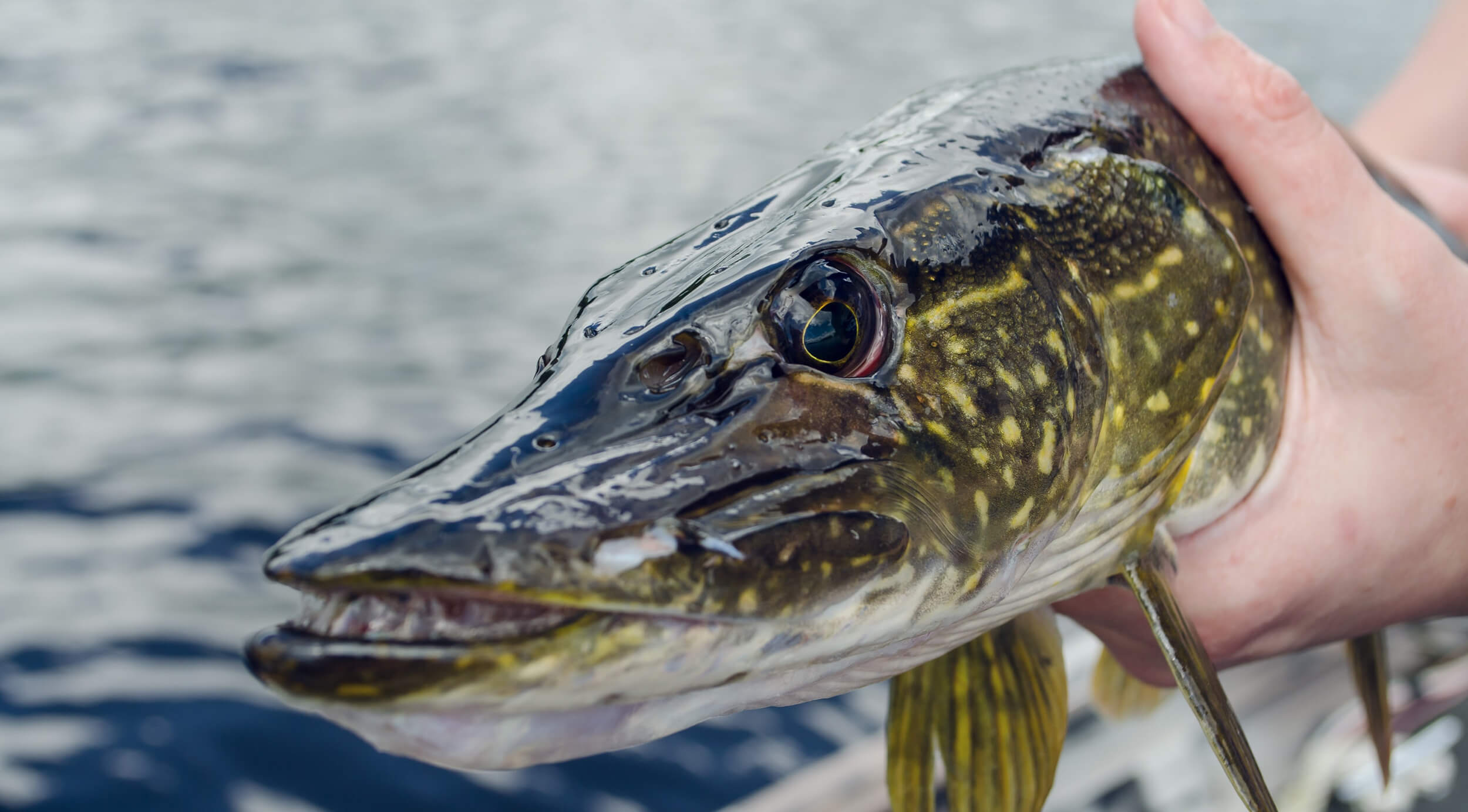
Seasonal nuances of pike fishing
The pike feeds almost all year round, but there are seasonal declines in activity and changes in behavior. This is reflected in the choice of the optimal fishing tactics.
Spring is a golden time for this predator. This season, two periods of appetite stand out clearly: about a week before spawning and two after it. The pike lays eggs for about two weeks, in March, the first of all the inhabitants of our reservoirs, and during this period it is not interested in food at all. But during the appetite, it is perfectly caught both on live bait tackle and on spinning, and in shallow water.
With the onset of summer, the predator leaves shallow water to deeper areas, mainly into thickets, snags and other hard-to-reach places. At this time, she can allow herself to be picky in food and not rush from afar to any bait – there is plenty of food around. At this time, it is especially important to accurately determine the position of the predator’s risers and feed the bait directly to its toothy muzzle.
In the fall, the predator activates again, leaves a cozy summer apartment and begins to patrol the pond in search of food. During this period, she is especially good at spinning, because she rushes at everything that floats by, but she hunts exclusively during the day – night fishing is futile.
In winter, pike is caught almost continuously: this is also a very prey time, especially on the first ice and before the opening of water bodies. Its activity fades away only in especially inclement wilderness, but resumes with the onset of clear, stable weather.
Where to look for pike?
This representative of the ichthyofauna has an outstanding adaptability to the environment: it can be found both in a small and almost overgrown reservoir, and in a turbulent deep river. She is not afraid of fluctuations in water level, its oxygen saturation, temperature. The main thing for her is the availability of a sufficient food base.
As mentioned above, the pike changes its location depending on the season. There is a general principle for determining the sites of a predator: in the summer, they are looking for it in algae, in other seasons of open water – in places of some anomalies. At the beginning of winter, pike prefers to live in dry thickets of reeds, but over time it moves to wintering pits, on the dumps of which peaceful fish are looking for food. The predator always stays where there is someone to profit from.
The most promising pike fishing spots are:
- boundaries of sedge and reed walls with free water;
- water windows surrounded by vegetation;
- driftwood and sealed bottom with a gradual rise;
- hydrological structures;
- shade zones under trees overhanging the water;
- boundaries of currents, with a change in direction or intensity.
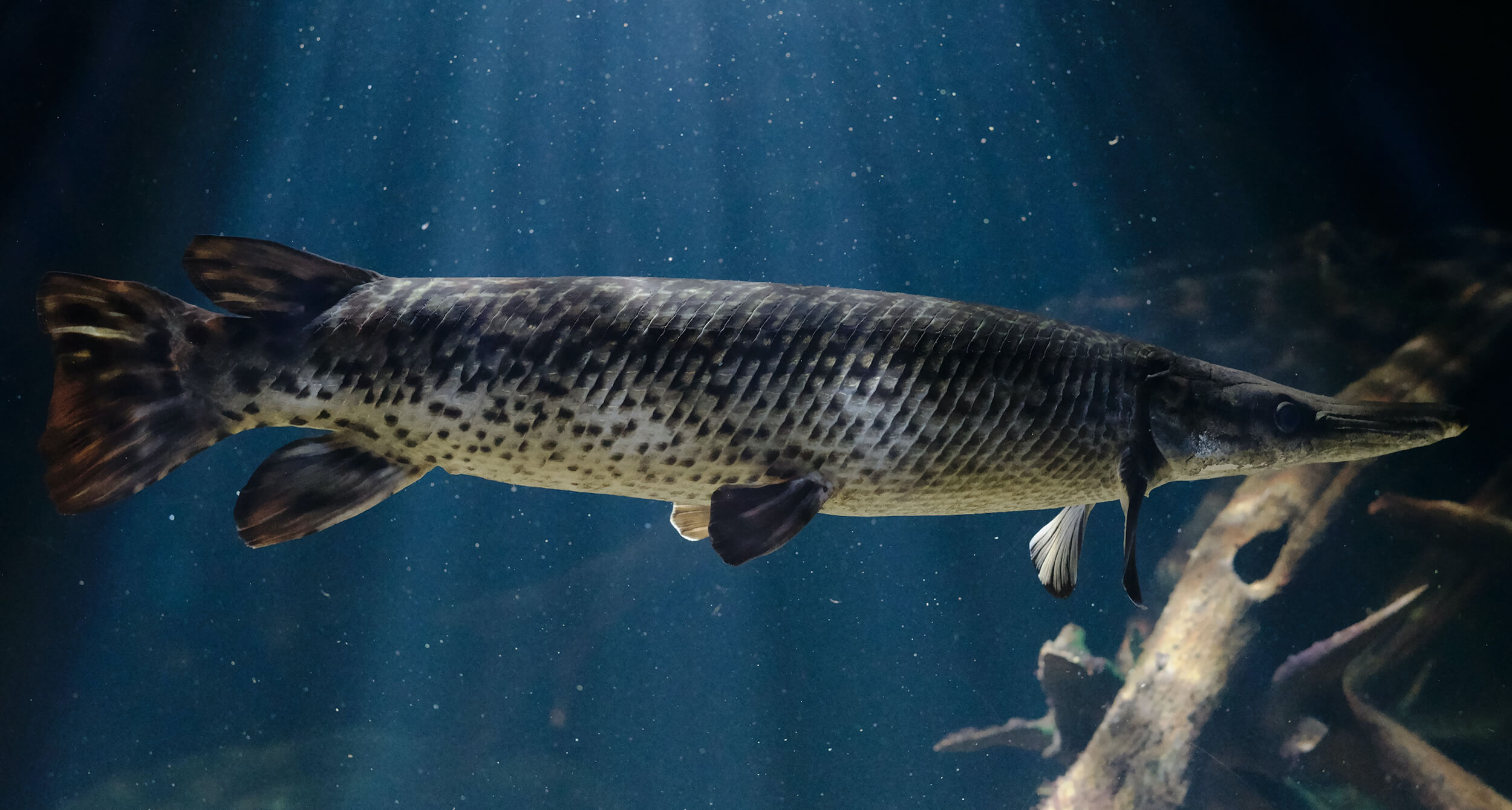
Basic lures
All pike lures can be roughly divided into two broad categories: live and artificial. Sometimes a predator can be caught on a worm or maggot (especially during the period of changing teeth), but this is rather an exception to the rule: in most cases, it is interested in live and active prey.
When fishing with a spinning rod, only artificial baits are used that imitate a small fish. It can be:
- Spoons (rotating and oscillating). There are many types of lures , various in shape, weight, and the presence of additional elements. In this case, lures are selected depending on the type of wiring and the characteristics of the rod.
- Wobblers . Unlike the previous group, these lures are not made of metal, which expands their range and variations in external design. Moreover, some models are equipped with acoustic elements that attract passive fish.
- Soft baits . Soft lures are mainly silicone twisters and vibro-tails with weighting heads used for jig fishing for pike. Foam rubber “fish” are occasionally used.
A separate group includes winter artificial baits: sheer spoons and balancers, rattlins .
For passive fishing used preferably live bait . When selecting it, one should take into account the degree of its survivability: the pike prefers active prey, it ignores the frankly snoozed fish. Small carp, carp, loach, gudgeon, roach are ideal. However, you need to focus on the basis of the food base of the reservoir: the predator is more willing to go for familiar food. This explains the success of frog fishing : if there is a toothy torpedo in the pond and a lot of these amphibians, the fishing will be successful.
Open water fishing methods
Pike fishing methods in open water can be classified in different ways:
- Dislocation . Among the options are fishing from the shore or a boat (fishing rod, spinning) or passive fishing using a floating craft (setting circles, servicing donuts).
- Angler involvement . Most often we are faced with active pike fishing with a spinning rod. Among the passive methods are bottom tackle, a float rod, all kinds of stationary and floating girders. In other words, active fishing involves the use of artificial baits, passive – live bait in all forms.
- The presence of a rod . Tackle with a rod – spinning rod, live bait rod. The rest of the tackle for pike has no rods (a bottom rod with a blank for hunting this predator is practically not used, a classic tackle or a variation with an elastic band is used).
As you can see, there are a lot of options, there are plenty to choose from. When choosing the most suitable method of hunting a predator, one should focus on the conditions of local water bodies, financial capabilities that determine the selection of ammunition, as well as the physical condition of the fisherman. Now let’s talk about this topic in more detail.
Spinning
Spinning – although the “youngest”, but the most popular tackle for catching predatory fish. It is a rod of rather modest length, equipped with a spinning reel with a main line, to which an artificial lure is attached through a leash. The bait is selected in accordance with the characteristics of the rod and the fishing conditions. One of the fundamental factors is the type of wiring: casting, twitching , jigging , trolling, and so on. Jig lines are the easiest to execute, and silicone bait (especially with an attractant) attracts pike even during periods of inactivity.
All types of postings are used for pike fishing , but their effectiveness depends on the season and conditions of a particular reservoir. They can be produced both from the shore and from the boat. The only exception is trolling , which a priori involves the use of a motorized craft. In most cases, shorter rods are selected for fishing from a boat, since the casting distance in this case is not so fundamental.
Spinning fishing is productive in all open water seasons, but you need to take into account the nuances of spawning restrictions, the use of this tackle is prohibited. When carrying out the postings, one should take into account the nuances of the bottom relief (for example, a step jig is difficult in the conditions of a curled bottom) and the degree of activity of the predator. In conditions of limited visibility due to turbidity of the water, it is recommended to use the brightest lures with noise effects.
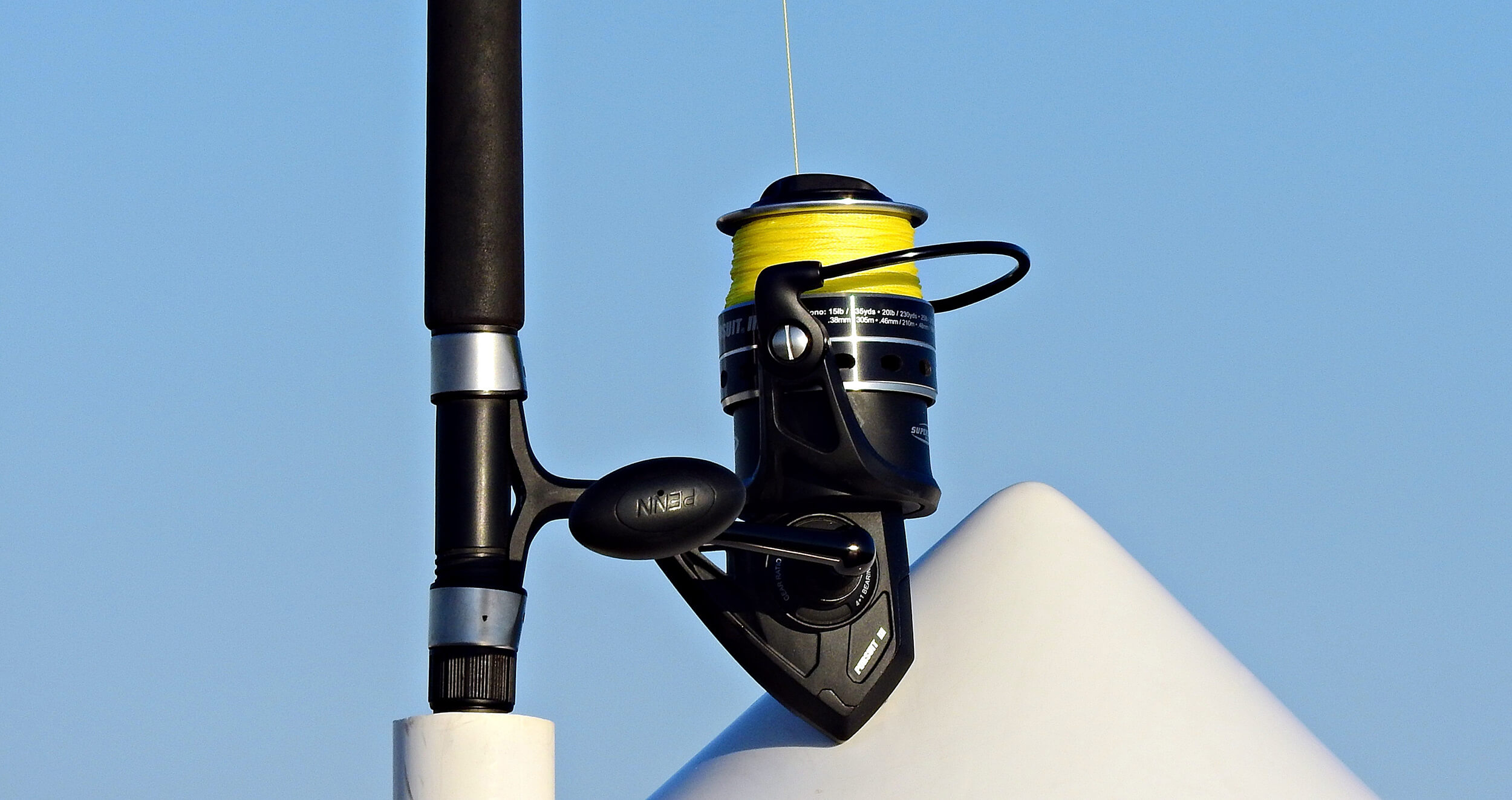
Live bait rod
You can also catch pike with a float rod equipped in a special way. For this purpose, a powerful telescopic rod of sufficient length is used, which allows casting into windows of clear water. If conditions permit, it is better to use a boat to increase the number of available seats.
This technique is most productive in summer, when the pike settles in summer apartments. It is especially effective in conditions of heavily overgrown water bodies and small rivers with not too intense flow. During this period, the predator is spoiled by an abundance of food and reacts only to live bait served right under her nose.
It is most rational to use thin, unobtrusive assemblies in water. It is better to replace a metal leash with a fluorocarbon braid: it is better to compromise the reliability of the rig in favor of its delicacy. The rig uses special live bait floats, weighed down to the antenna, and relatively small T-hooks, you can also use singles and twins. It is better to get live bait in the same reservoir where the pike will be hunted.
Fishing is carried out in half water, and special attention is paid to the conditions of the live bait. After casting, it is advisable to wait for five, maximum ten minutes, and in the absence of a bite, move to another place. If the pike is not interested in an appetizing fish, then it is most likely not there.
Bottom fishing rod
The bottom rod is not very convenient for catching pike: this is due to both the design of the tackle and the habits of the predator. Let us remember that in summer the pike likes to stand in the thickets, therefore, there are simply no conditions for normal casting and fishing. Bottom rods are practically not used for this purpose.
Fishing for pike on a bottom rod in the classic or cushioned with an elastic band is acceptable in a free water area. For example, in the spring, when the aquatic vegetation has not yet developed, and the pike is hungry for food, you can throw wild bottom rods along the shallows. However, do not forget that in some regions, fishing on a bottom rod during the spawning ban period is allowed only if 1-2 hooks are used, and in others it is completely prohibited.
This option is also productive for cold autumn water, when a significant proportion of the vegetation has already died out, and the pike goes to free waters and accumulates protein reserves before wintering.
If you choose between the classic bottom and the rubber band, the second option should be preferred: it is much easier to maintain, does not require the use of a boat for repeated casts and creates much less unwanted noise.
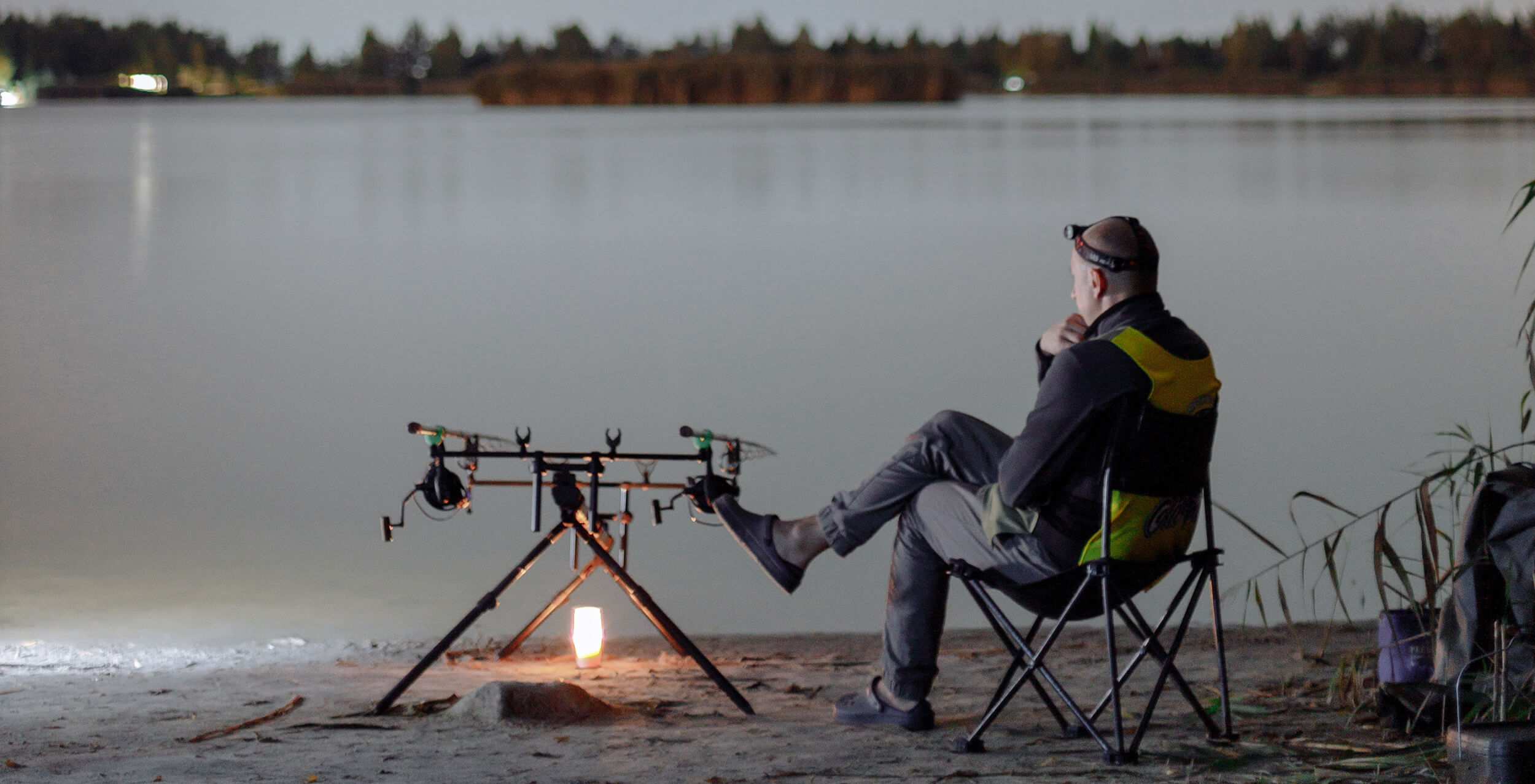
Summer gadgets
Before us is the most ancient tackle for catching pike – zherlitsa. Its construction is extremely simple. The base of the zherlitsa is a primitive reel (made of a wooden flyer, plank, plywood or even a plastic bottle). A fishing line of sufficient strength is wound on the reel, a leash is usually not used. At the end of the line, a large-sized live bait hook is attached, usually a double or a tee.
The tackle is charged with fry (preferably from the most tenacious ones, because the rigs are often set at night) and thrown into the water. A loop of free line is fixed on the reel in such a way that, with a sharp jerk caused by a bite, it will be released, and the predator will self-catch. The reel can be fixed both on the shore (on a tree or a specially made structure), and in the water, on a peg driven into the bottom.
The progressive evolution of a stationary girder is its floating version, colloquially referred to as a circle. The circles are disk-shaped floats with sides painted in different colors, to which live bait mounts are attached. When biting, the circle is turned over with the alternatively colored side up, the pike is self-locking. Most often, mugs are used in the summer in stagnant water, setting them in places where the predator is supposed to stay. However, there is a method when floating girders are allowed to flow and follow them on a boat.
How do you catch pike in winter?
As mentioned above, pike hunts almost all year round, with the exception of a two-week fast during spawning. With the onset of winter, it does not lose activity: experienced fishermen know what enviable specimens are taken on the first ice near the coast – fishing is limited only by considerations of their own safety.
With the onset of the wilderness, the predator shifts from the remains of coastal reeds towards the wintering pits, where representatives of the carp family stand, which are of maximum gastronomic interest to it. During periods of sharp weather changes, blizzards and strong winds, the pike loses some activity. At this time, a choice should be made in favor of delicate rigging and complementary feeding of the holes with mixtures with the addition of dry blood.
In clear sunny weather, even with a strong frost, the pike again begins to actively feed, so you can return to traditional metal and kevlar leads. On the last ice, the nibble is even more intense: the predator prepares for the spawn and feeds heavily, replenishing its energy reserves.
The most common winter tackle is nod fishing rods with artificial lures and live bait girders. In open water, you can use the winter spinning variation.
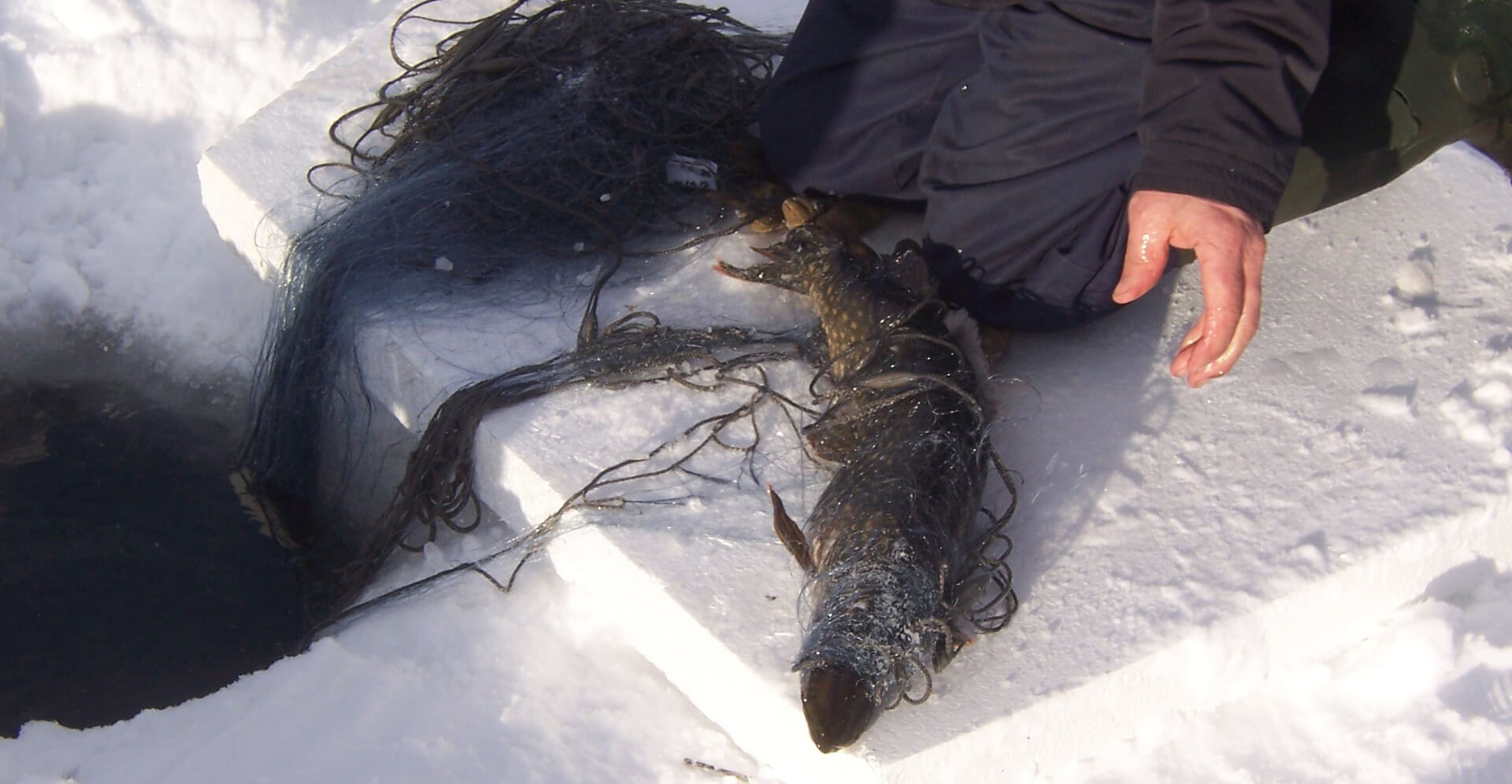
Fishing rod
It is best to catch a predator with a line during the periods of the first and last ice: in the wilderness, this method of catching is not very productive. Usually vertical lures and balancers act as baits . It should be borne in mind that fishing is carried out vertically, and it is advisable to test all layers of water. For this initial exploration, rattlins, which are bladeless balancers, are especially good. When fishing on the last ice, it is recommended to supplement the artificial bait with a worm or a piece of meat.
Universal rods for pike fishing are not suitable: a massive predator will instantly render the flimsy blank unusable, so a reinforced version should be selected. A nod is used as a bite signal. If you are fishing with live bait, you can also use winter float equipment. Fishing productivity depends not only on the activity of the fish and the correct choice of the place, but also on the skill of the angler. When trolling vertically , a game of bait is used directly near the bottom, with an amplitude of about 30 centimeters. An interesting option is the bait-tube: due to the design features, it not only moves vertically, but also prowls slightly in the water, even more attracting the toothy hunter.
The balance bar is played in a similar way, but it is also tapped on the bottom, varying the amplitude and periodically pauses. The predator usually attacks the bait on the rise. The more passive the pike, the softer and more delicate the game should be, but do not forget – we are dealing with an absolutely unpredictable fish.
It is advisable to drill several holes and fish them in turns, in the hope that the pike loiters somewhere nearby. In search of a site for this representative of the ichthyofauna, it is best to use an echo sounder, since it is almost impossible to visually determine bottom anomalies under the ice.
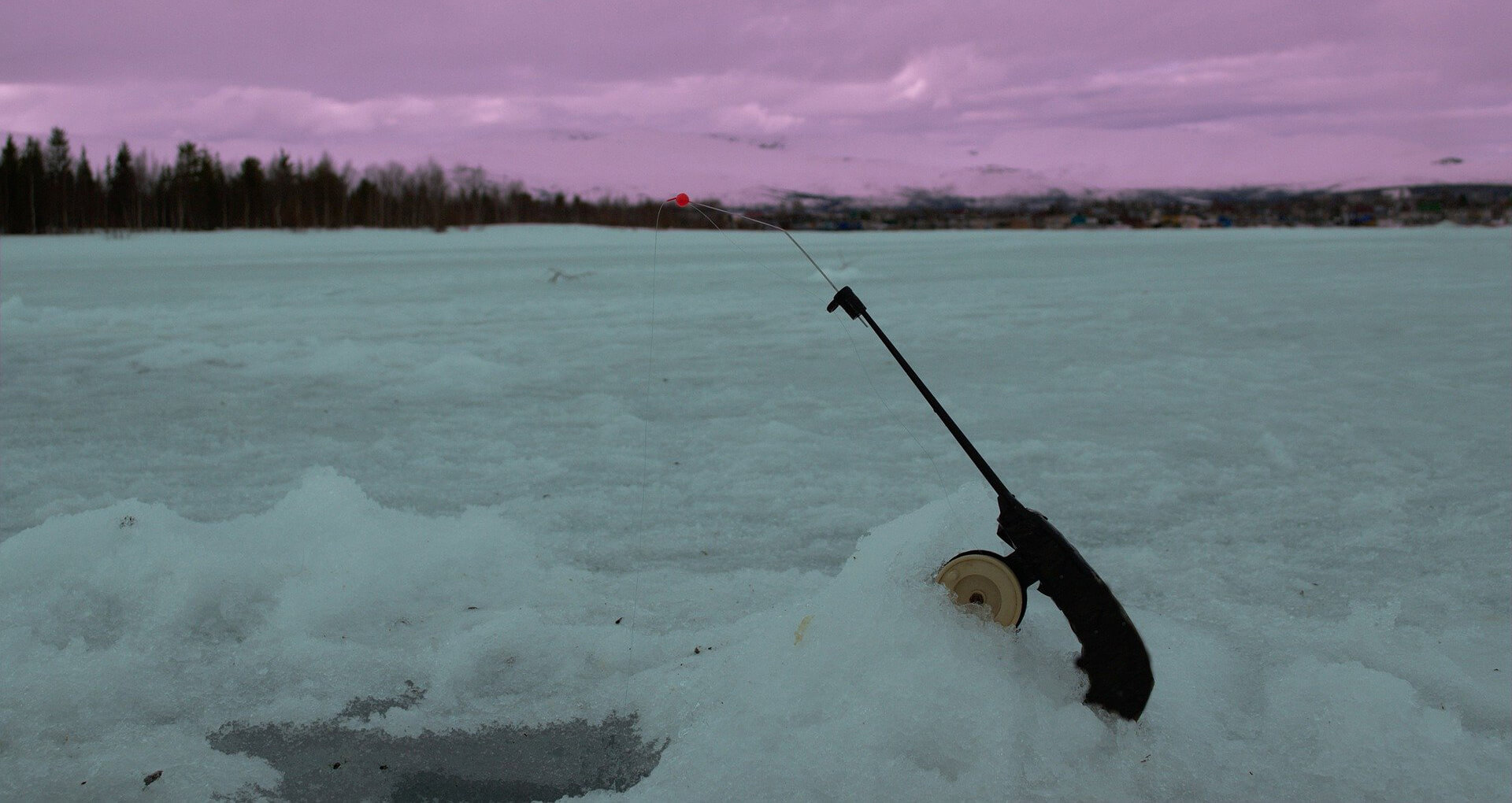
Winter spinning
Experienced fishermen know that the activity of pike only increases with the onset of the first frost. At this time, the ice is still unreliable, and huge water areas remain open at all. Due to global warming, some rivers are not covered with a continuous layer of ice even in the wilderness, so the use of spinning is quite realistic.
The obvious advantage of this option is minimal competition and the absence of aquatic vegetation, which makes wiring difficult. And of the minuses, first of all, it should be noted the discomfort for the angler (hands freeze very quickly) and the inaccessibility of many visually attractive places.
Winter equipment differs little from summer equipment, but there are still some nuances. Let’s start with the choice of a rod – common carbon fiber does not withstand significant frost. The second problem lies in the reel: on some models, the overrunning clutch simply does not work in such conditions, so you should pay attention to other design solutions. Be sure to treat the elements with frost-resistant grease. A braid of maximum density is used as the main line, preferably with impregnation to protect against freezing.
In winter, pike is caught mainly with silicone baits and foam rubber, using the jig method . The greatest efficiency is demonstrated by classic steps, slow dragging along the bottom, slow wiring with hovering. Animation should be unsharp, but expressive enough.
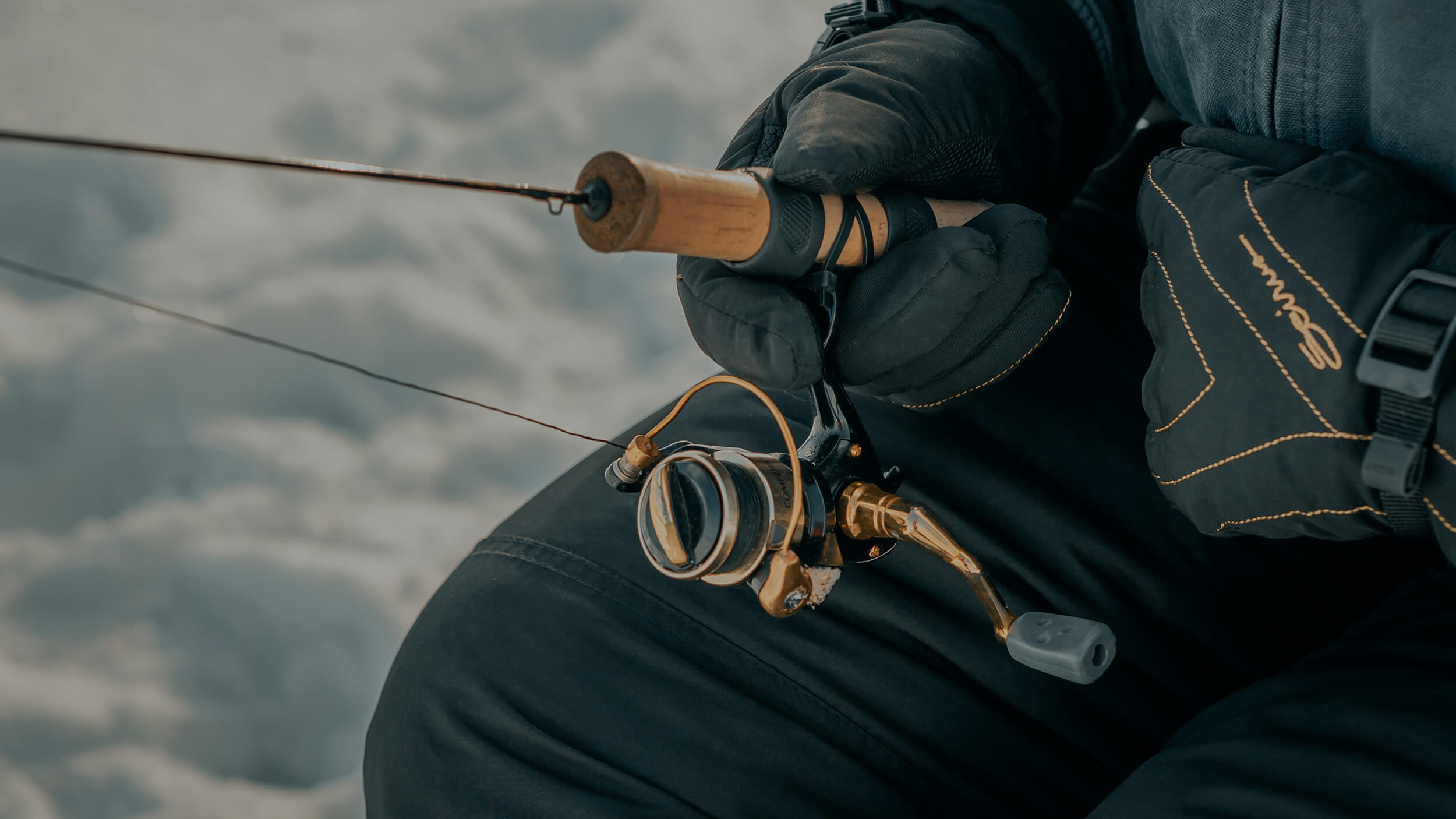
Zherlitsa for pike fishing
Before us is the most promising option for catching a toothed predator in the wilderness, when other methods are ineffective. Most of the winter vents have a more complex structure than summer supplies.
Despite the abundance of design solutions, the most popular are “flags” that are installed directly on the hole, simultaneously protecting it from freezing. A zherlitsa of this type consists of a platform (usually disc-shaped), a stand with a coil fixed on it (normal, inertial) and a flexible rod with a flag, usually orange or red. The rig involves the use of live bait.
The process of charging the tackle is as follows. Live bait is hooked on the hook so that it is located at a distance of about 10-15 cm from the bottom. The line on the reel is fixed with a flag. When biting, the fishing line unwinds, the flag is released and flies up.
The greatest difficulty in this case is the need to drill a large number of holes. Usually the gutters are installed in two rows with an interval of up to 10 meters along the coast. If the pike stubbornly does not want to be caught, they are transferred away from the coast. Again, there is a need for an echo sounder and an ice drill with an electric or fuel engine . But if you have sufficient funds to purchase the appropriate equipment, this type of fishing will give you a lot of positive emotions.
The pike is a worthy enemy, the fight against which can fill the blood with adrenaline, and the heart – with the joy of defeating a strong and cunning predator. We wish you to get more luxurious trophies and promise to continue to delight you with useful publications!

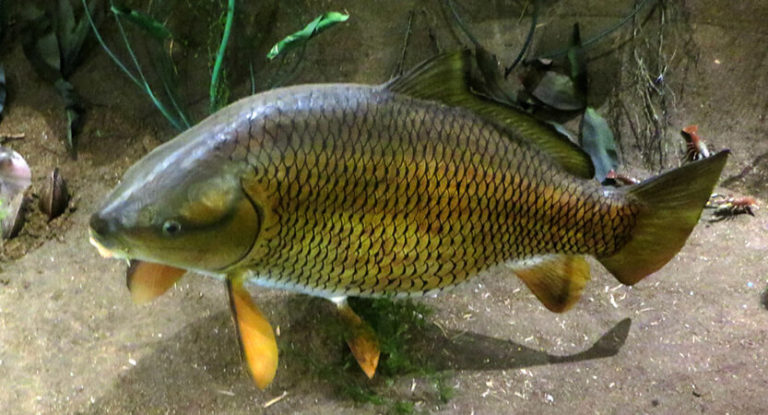
![The 8 Best Fishing Tackle Boxes [Buying Guide] 9 The 8 Best Fishing Tackle Boxes [Buying Guide]](https://trizily.com/wp-content/uploads/2022/03/best-fishing-tackle-boxes-768x768.jpg)
